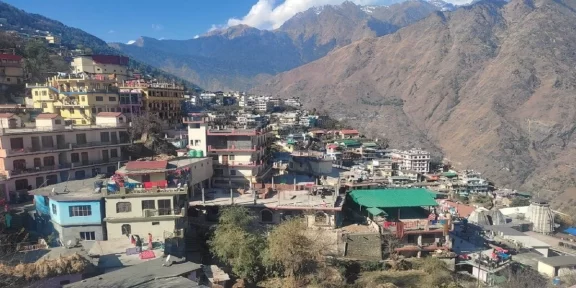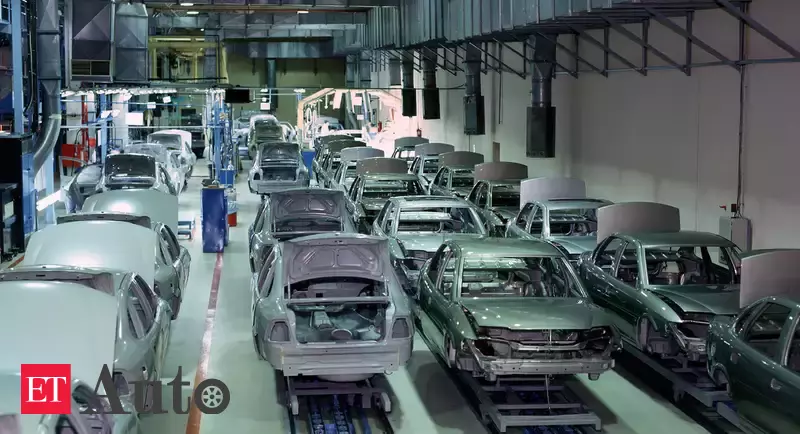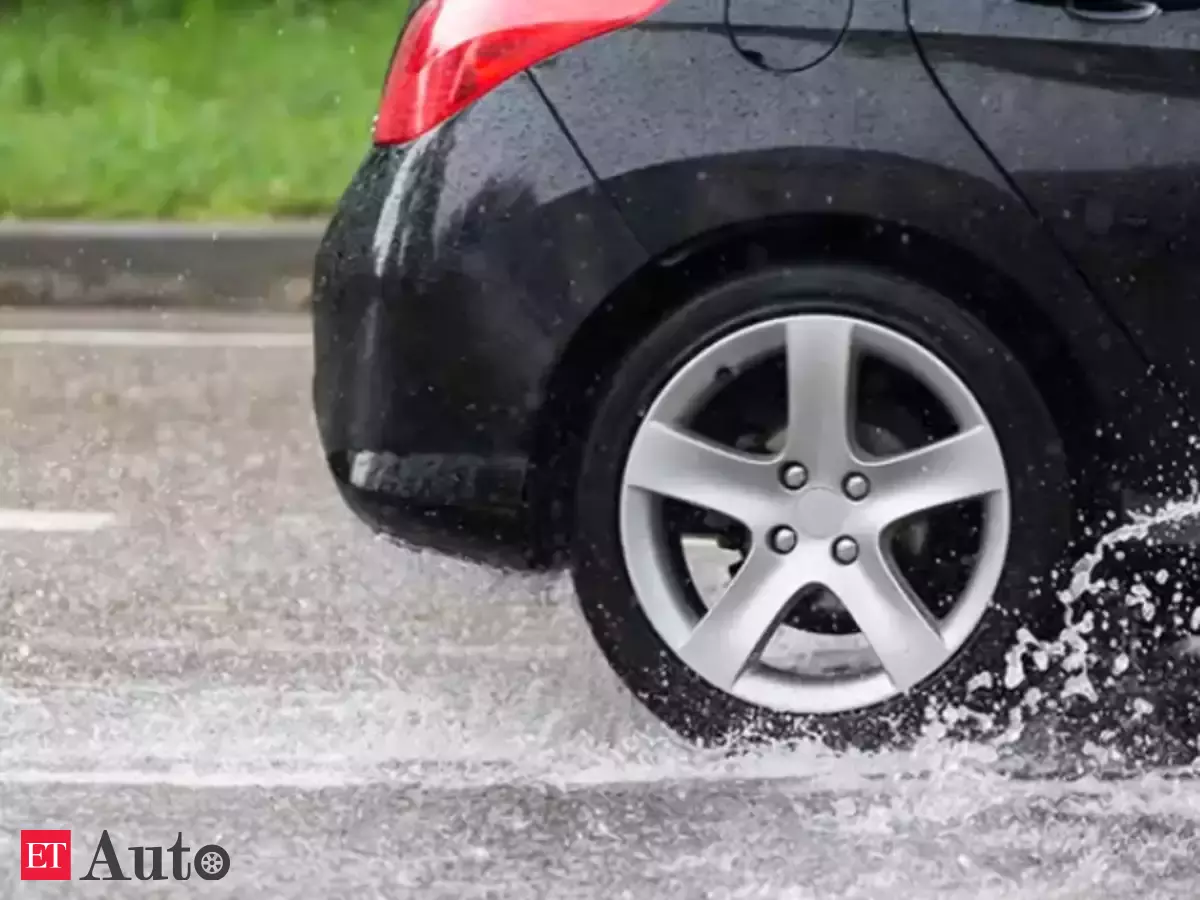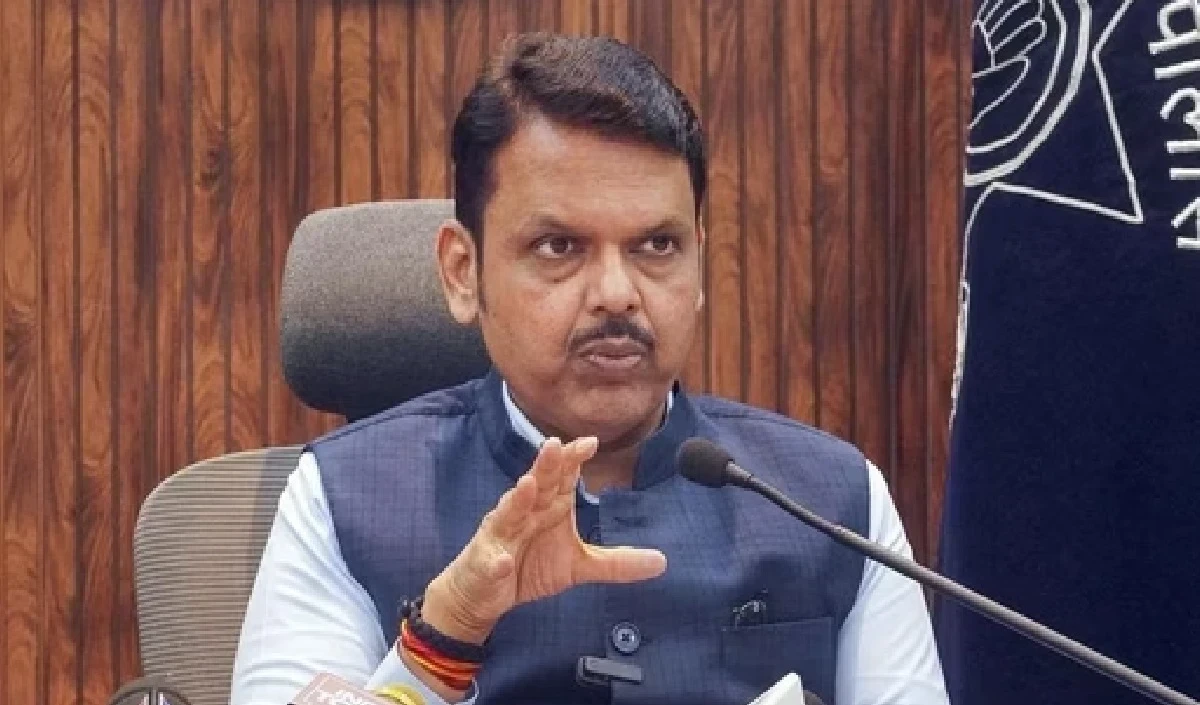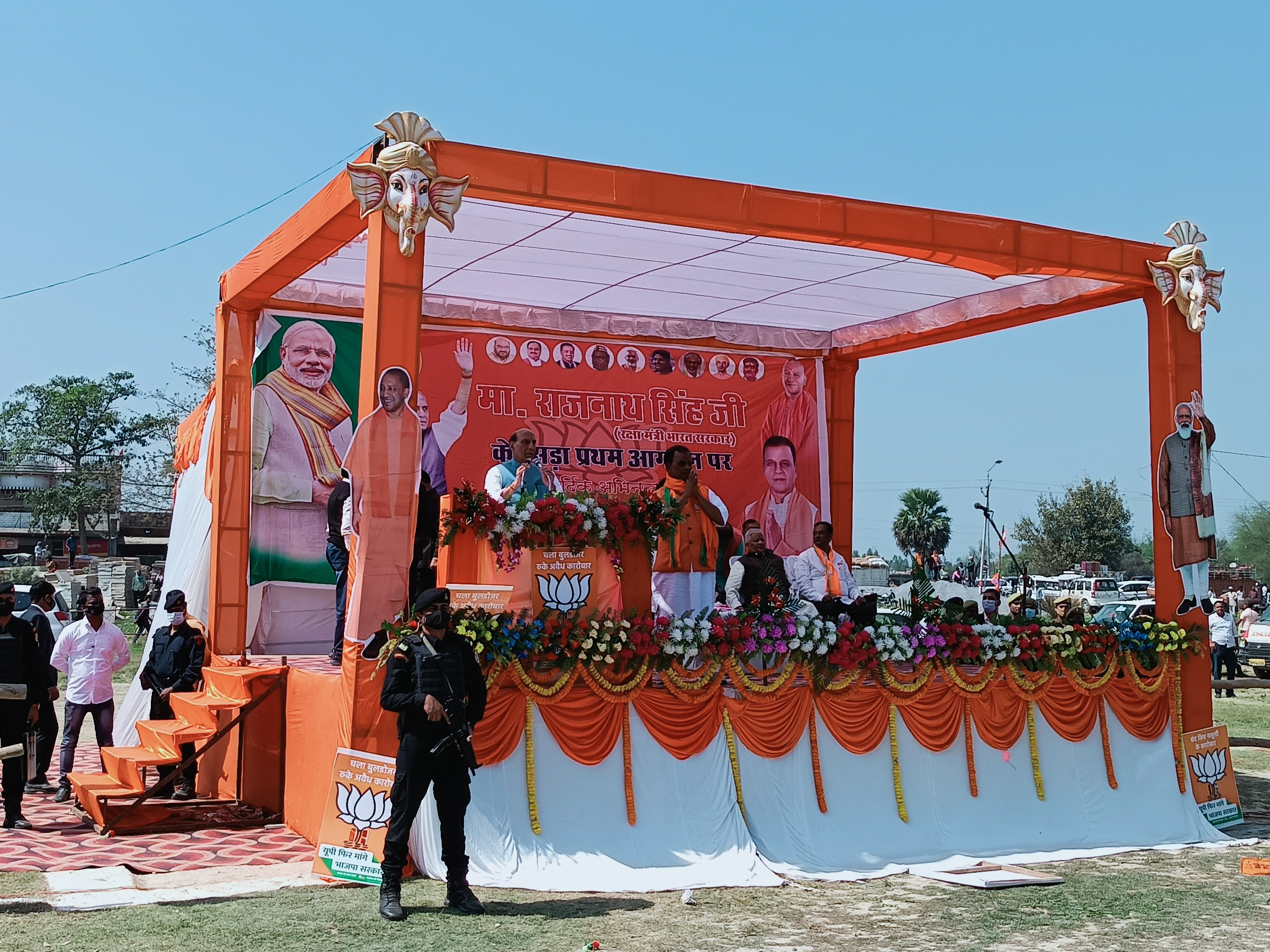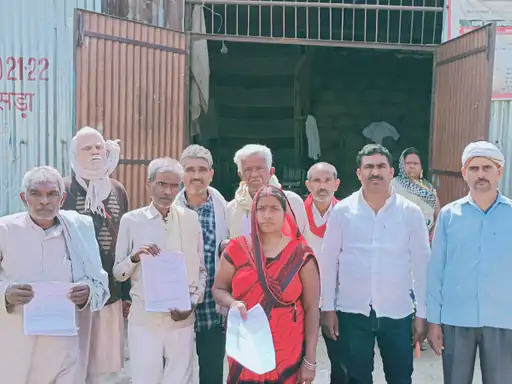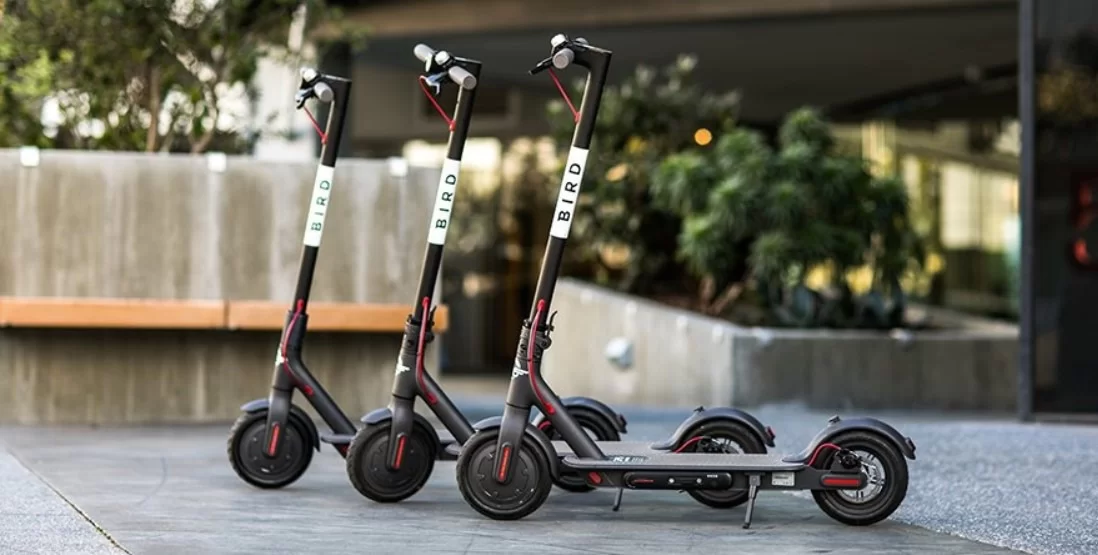You’ve been watching the cover art of sci-fi paperbacks for half a century now, so you know exactly what the city of the future will look like: gleaming skyscrapers and personal rocketships soaring above a Cartesian spaghetti of pneumatic tubes, all done up in a greenish-grey.
Here in the actual future — the one without jetpacks, sadly — there are a host of technologies that will change the way we drive in urban areas, whether or not we’re actually doing the driving.
Talking vehicles. We’re not talking KITT here, or even Siri in your Subaru. We’re talking about vehicle-to-vehicle communications, known as V2V. The US Department of Transportation has recently proposed rules that will standardise a way for one car to talk to another about location, direction, and speed, warning drivers (and eventually, autonomous cars) about potential dangers. In the city, where accidents happen most frequently at intersections, the cars themselves would decide if you’ve got enough time to make that right on red, and who gets to go next at a four-way-stop, so you can keep on top of Snapchat without the distractions of honking horns and twisting metal.
Cars talking to stoplights. The other half of the commuting communication network is V2I, or Vehicle-to-Infrastructure communication. Fire trucks have used a variety of technologies to change red to green along their emergency routes, but V2I will work more in the aggregate, listening to vehicle data to make the city traffic grid more efficient. Smart infrastructure can keep a light green a little longer if traffic is backing up, change speed limits or regulate slip roads to break up traffic jams, and even reroute traffic around accidents and slowdowns in a HAL-meets-Waze mashup. When autonomous vehicles arrive, it won’t just be the cars that are sensing and thinking — the whole city will be a smart machine.
Fuel-based discrimination. Diesel engines are high-torque, hardworking, and fuel efficient — but soon you’re going to keep ‘em down on the farm, and they’ll never see Paree. The French capital, along with Mexico City, Madrid, and Athens, plans to ban diesel vehicles through major sections of the city to cut down on air pollution by 2025, and cities all over the world will likely follow soot (pun intended). Taking things one step further, Oslo and Bergen — Norway’s two largest cities — plan to set up zero-emission zones by the same date, cordoning off sections of the city where gasoline engines are similarly exiled. So while you may still be fighting with double-parked delivery vehicles as you navigate downtown, expect them to be smaller, cleaner, and much, much quieter.
Charging while driving. If everyone driving in the city is driving an electric car, it stands to reason that where once we had parking meters (and flower-filled planters, and sidewalk cafes), we’ll need tentacled towers for topping off Teslas. Actually, with a little infrastructure planning, we may be able to charge our cars as we’re stopped at red lights or simply sitting in a parking place. The idea of charging at a distance seems like snake oil, but for a decade now scientists have been able to transfer power through gaps up to 2 meters with efficiency nearing 100 percent. It’s called magnetic resonance coupling, and it could use powered coils in the roadway to create vibration in paired coils in a car, which would then convert that vibration into electricity to charge the batteries. City transportation systems the world over are already testing buses that charge — unconnected — while waiting at bus stops, and the technology should be easy to build into every space of a new parking garage, and to retrofit into the asphalt of intersections. Exactly how an individual driver will pay for that power is waiting for some app-based startup to figure out.
New charges for driving. The future is here, and it’s fee-based. “Congestion pricing” means that you’ll pay more for the use of city streets when everyone else wants to use city streets, adding the law of supply and demand to the other rules of the road. It’s been in use in Singapore since 1975, but cities from London to Riga are making more and more use of the scheme to keep traffic down. And, since we’ll soon have smart vehicles talking to smart infrastructure, there’s nothing to keep part of that infrastructure from being the toll authority. Rather than a petrol tax, drivers would pay a toll for distances traveled, with higher rates for certain areas at certain times. Bigger vehicles such as limos and SUVs might pay more to enter a city center, just like a three-axle lorry does today.
Drive to the city, but not in it. The economies of large cities depend on the Park-n-Ride (or the local equivalent), in which a suburban workforce drives to a train station for a trip into the city. While perfect for the workaday world, it’s not ideal for brief trips or off-peak hours when the trains are few and far between. So some cities are reshaping that idea, and the humble parking lot is becoming the hub for much more. A truly smart city would let you drive to some central location, where you’d join a minibus carpool (on-demand and app-enabled) to take you to a trolley station, or a bikeshare station, or a Cartesian spaghetti of pneumatic tubes. Though perhaps in a brighter green that you’d expect.
If you would like to comment on this or anything else you have seen on BBC Autos, head over to our Facebook page or message us on Twitter.
And if you liked this story, sign up for the weekly bbc.com features newsletter, called “If You Only Read 6 Things This Week”. A handpicked selection of stories from BBC Autos, Future, Earth, Culture, Capital and Travel, delivered to your inbox every Friday.
News Source
BBC
![]()






